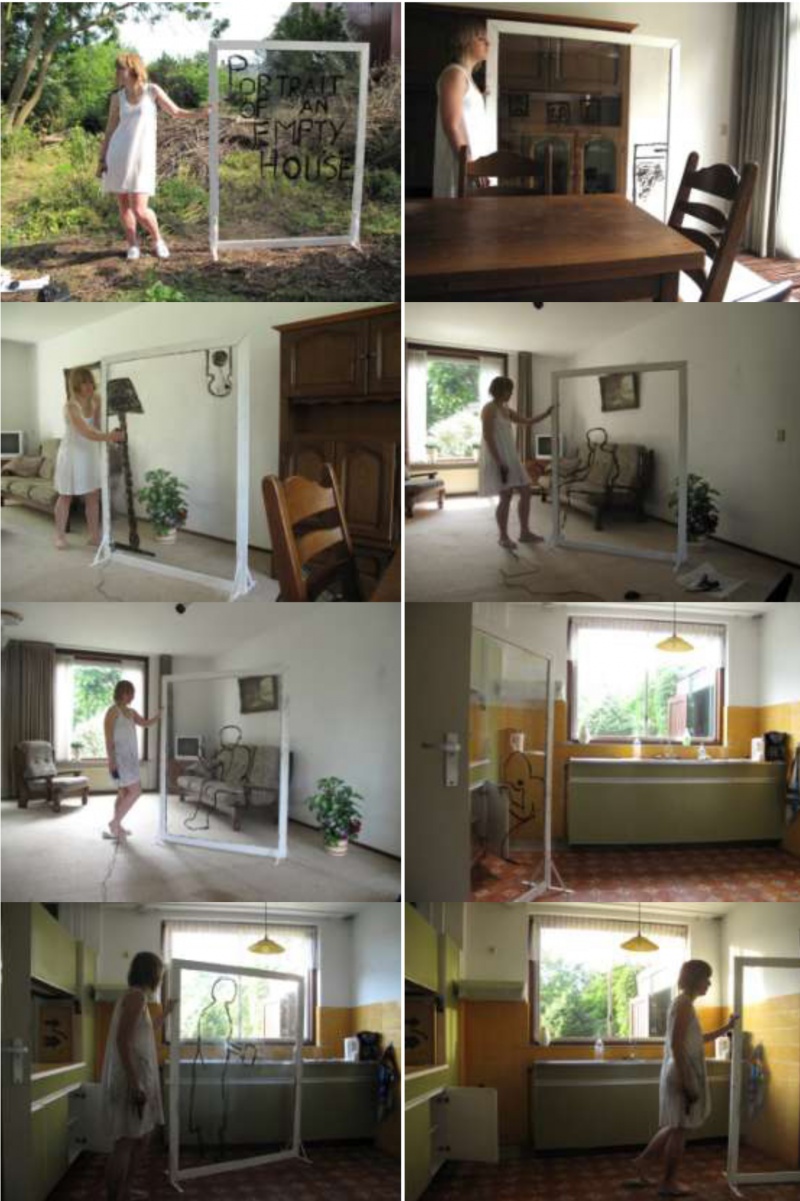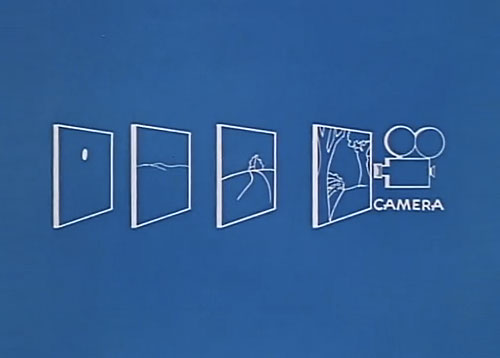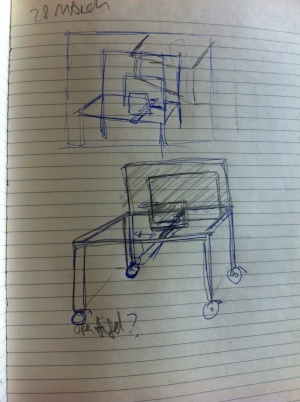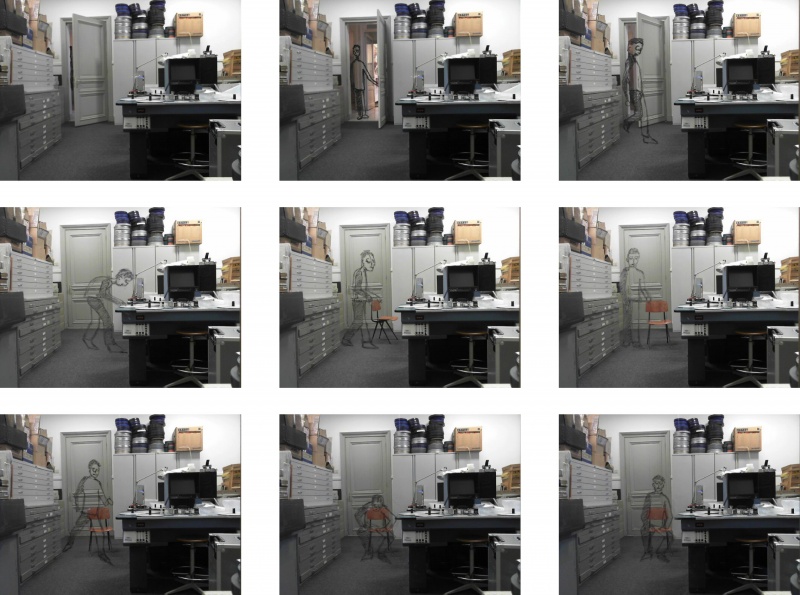User:Loes van Dorp/Thesis synopses outline
Thesis
Updated last:
| 26 | 05 | 12 |
Content structure 3.
- So start with the conclusion of my working process, without being to specific.
- Start, ( with the end of Last year.)
- detour
- End.
- Introduction final form project.
- Deepen subjects out Techniques I use.
- About animation and the brain.
- the glass frame in animation
- Connect this to other artists
- Drawing with paint
- Thinking with my hands
- Marcel Duchamp and glass
- Try to answer the question why I prefer the physicality above only digital in my animations? What does it add? (Maybe also through other animations.)
- Why use myself in most of my projects...?
- Theory about memories connected to my project.
- Analyzing my project through describing films and animations which are related to my project and previous practice (by subject or technique)
- Conclusion?/ last words/ finish up/ wrap it ( about my way of working? or about the project? Or both?)
- Bibliography
Dont forget to include the animation sketches and drawings I made during the process
4/04/2012
- INTRODUCTION
For my graduation project I am planning to make a short stop-motion animation with sound where I will try to visualize how people deal with their memories. This project is a continuation of my last project 'Portrait of an empty house' in both subject and technique.
In 'Portrait of an empty house' I experimented with how to show different times and different worlds in one image. I tried to show how memories define a known space. The space is given this extra layer of the past by using a Plexiglas screen (+/- 140x200 cm) to put a drawn animation upon using oil paint.
You see a woman pushing a big Plexiglas screen around in an almost empty house, while memories appear in form of a drawing on the screen. In the beginning she is actively involved with the drawing, but is more passive in the course of the film, while her white dress gets more black.
The graduation project will be an attempt to portrait how memory is something we always carry with us and how a space can reveal its memories. It is playing with the unreliable nature of memories and how they are reshaped continually by obtained experience and knowledge.
Due to the fact that a memory of an event is always characterized by previous experiences, two people will never have 'the same' experience. This will give conflicting memories; the same event or space remembered by different people will give different stories. This is what I wanted to research and visualize with this project.
To create a narrative I used recordings of memories of several people who are related (brother sister, husband wife, sisters etc.) and edited them together in a way that they relate, that they refer to each other with the help of a common space or subject. What influence will these have on each other and on the space?
The technique I will use to visualize this different perceptions and memories is (as mentioned before) related to the one I used in 'Portrait of an empty house'.
To make clear that it is about different memories I will not use one glass screen, but three, to draw the memories and thoughts upon. They all are different in size and overlapping each other to let them function as layers on top of the reality. Each screen will have its own reality, will be connected to one persons story. This way different sides of the stories can be shown at the same time and can have a visual fight with each other. By playing with the focus on one screen or on all of them will help to give direction to the story.
The technique of using layers of glass for animation has a long history. I will explain more about this in the chapter 'research history of animation techniques'
Walt Disney multiplane camera my 'multi-screen table'
The location is also similar; an almost empty house where you see some traces of the life that has been lived. It has the same weird emptiness, sadness, piece and quietness.
The 'multi-screen table' will move through this house while you hear the memories and see them on the screens.
The table is given direction by a protagonist; the creator. She is the one who creates the drawings and is able to interact with them at some points. Like in the 'making of observation animation'
- pictures
I want to play with the drawing and its place in the space. I want it to interact with the space to make the connection between the real and unreal. I made a study where I let a drawing on glass interact with the real space. I will tell more about this study later in this Thesis.
When using stop-motion to record the real world, only a fraction of the real-time is made visible. Shooting real persons and real space this way will give something surreal and unreal to the motion, because of the missing parts of the real movement, the movements/changes you see are very rigid. This makes for me the connection to forgetting and memory. You never remember everything, you always remember small parts.
Our memory is dominated by 'forgetting'. The absence of forgetting will not define a better memory, but results in increasing confusion. You have to have a filter to make memories make sense and usable for the future. An affected memory is still a memory, but not anymore to what the original memory was. Therefore this is also a form of forgetting.
This project is about things you want to remember, but somehow forget and things you want to forget but still remember.




